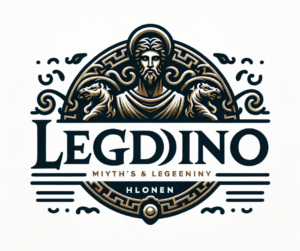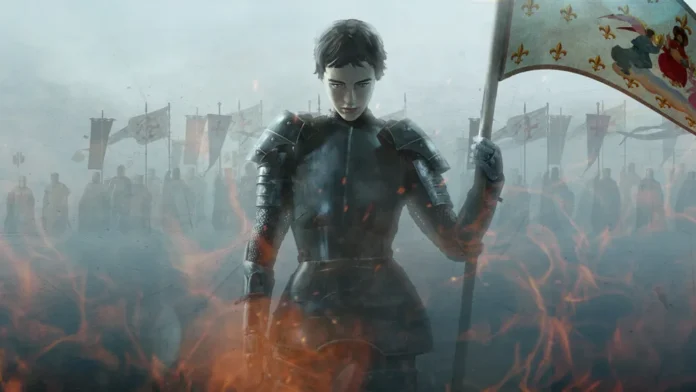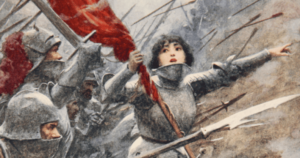Introduction
Joan of Arc, the iconic figure of courage and conviction, has transcended time, inspiring countless generations since her martyrdom in the 15th century. As a symbol of resilience and empowerment, her story resonates deeply in contemporary culture, particularly in the world of art. In 2024, artists are reinterpreting Joan of Arc’s legacy, employing a diverse range of mediums and styles that reflect current societal issues, feminist movements, and the quest for identity. This article explores how Joan of Arc continues to be a powerful muse for artists, analyzing the various ways her legacy is being portrayed in today’s art scene.
Historical Context of Joan of Arc
Joan of Arc, also known as the Maid of Orléans, was a peasant girl who rose to prominence during the Hundred Years’ War between France and England. Claiming to have received visions from saints instructing her to support Charles VII and reclaim France from English domination, she played a crucial role in several French victories. Captured in 1430, Joan was tried for heresy and witchcraft, ultimately being burned at the stake in 1431. Canonized in 1920, she is revered as a national heroine in France and a symbol of faith and bravery.
Joan’s story is one of determination and defiance against overwhelming odds. Her image has been reimagined in literature, theater, and film, but it is in the realm of visual arts that her legacy has taken on new dimensions in recent years.
Joan of Arc in Contemporary Art
1. Symbol of Feminism and Empowerment
In the 21st century, Joan of Arc has become a powerful symbol of feminism and empowerment. Artists are increasingly focusing on her narrative to challenge patriarchal structures and highlight the strength of women in history. For instance, works by contemporary female artists often reinterpret Joan’s image, portraying her as a figure of agency rather than victimhood.
Example: “Warrior Maiden” by Kesh
In her series titled “Warrior Maiden,” artist Kesh portrays Joan as a fierce warrior, clad in modern armor. This reinterpretation highlights the idea of female strength and resilience, challenging traditional gender roles. Kesh’s work resonates with current feminist movements, showcasing how Joan’s spirit lives on in contemporary struggles for gender equality.
2. Exploration of Identity and Diversity
Artists are also exploring the theme of identity through the lens of Joan of Arc. As a figure who defied societal expectations, her legacy serves as a canvas for discussions about race, gender, and sexuality.
Example: “Reimagining Joan” by Kehinde Wiley
Kehinde Wiley, known for his vibrant portraiture, created a stunning piece titled “Reimagining Joan,” which features a Black woman in armor, reminiscent of Joan’s historical attire. This artwork not only acknowledges Joan’s legacy but also brings to light the intersectionality of race and gender, prompting conversations about representation in art and history. Wiley’s work emphasizes that Joan’s message of courage and defiance is universal, transcending cultural and racial boundaries.
3. Joan of Arc as a Cultural Icon
Joan of Arc’s image has evolved into a cultural icon that artists utilize to comment on contemporary issues. Her likeness is often used to discuss themes such as nationalism, war, and social justice, reflecting the complex realities of today’s world.
Example: “Joan of Arc: The Global Icon” by Yoko Ono
Yoko Ono’s installation, “Joan of Arc: The Global Icon,” invites viewers to reflect on the idea of a modern Joan who fights against oppression in various forms. This multimedia installation features video projections, interactive elements, and soundscapes that allow participants to engage with Joan’s narrative in a global context. Ono’s work highlights how Joan’s legacy can inspire activism and social change, encouraging viewers to consider their roles in addressing injustice.
Joan of Arc in Digital Art and Multimedia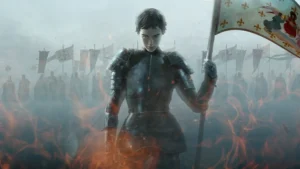
With the rise of digital art and technology, Joan of Arc’s legacy has found new life in the virtual realm. Artists are using digital mediums to reinterpret her story in innovative ways, creating immersive experiences that engage audiences.
1. Virtual Reality Experiences
Artists like Marina Abramović have experimented with virtual reality (VR) to immerse viewers in the life and struggles of Joan of Arc. Through VR, audiences can step into historical contexts, experiencing the emotional and psychological aspects of Joan’s journey. This technology not only educates viewers about her legacy but also evokes empathy and understanding.
2. Interactive Art Installations
Interactive installations featuring Joan of Arc have become popular in contemporary galleries. For example, artist Olafur Eliasson created an installation that invites viewers to engage with symbols associated with Joan, such as armor, flames, and banners. This participatory approach allows audiences to explore their interpretations of Joan’s legacy, fostering a deeper connection with her story.
Joan of Arc in Popular Culture
Joan of Arc’s influence extends beyond the traditional art world into popular culture, where her legacy is reimagined in various forms of media, including film, literature, and music.
1. Film and Television
Recent films and television series have sought to portray Joan of Arc in a more nuanced light, emphasizing her strength and complexity. “The Maid” (2024), a critically acclaimed film, reinterprets Joan’s story through the lens of contemporary issues such as mental health and societal pressure, making her relatable to today’s audience.
2. Literature and Poetry
In literature, contemporary poets and authors have used Joan as a symbol of resilience and defiance. For instance, Rupi Kaur, known for her poignant poetry, has referenced Joan in her works to convey messages of empowerment and self-acceptance. Such references resonate with readers seeking inspiration in their personal struggles.
3. Music and Performance Art
Musicians and performance artists are also drawing inspiration from Joan of Arc. Lady Gaga, for example, has incorporated Joan’s imagery in her performances, symbolizing strength and independence. The fusion of Joan’s legacy with modern music further cements her status as a cultural icon, inspiring new generations to embrace her story.
Conclusion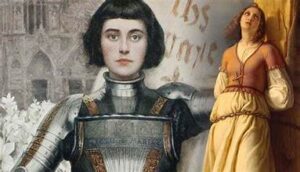
As we move through 2024, the reinterpretation of Joan of Arc’s legacy in the art scene serves as a powerful reminder of her enduring influence. From feminist perspectives to explorations of identity and cultural commentary, artists continue to draw inspiration from her story, showcasing the relevance of her message in contemporary society.
Joan of Arc’s legacy is not just a historical narrative; it is a source of empowerment, resilience, and social justice. As artists around the world reinterpret her image, they invite us to reflect on our own identities, struggles, and the ongoing fight for equality. In doing so, they ensure that Joan of Arc’s spirit remains alive, inspiring new generations to challenge the status quo and strive for a better world.
